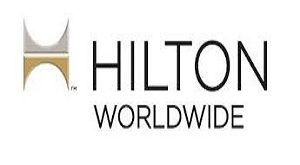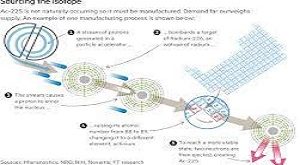David Iben put it well when he said, ‘Unpredictability isn’t a gamble we care about. What we care about is staying away from the super durable loss of capital.’ When assessing a company’s risk, it makes sense to look at its balance sheet because debt is frequently involved in a company’s demise. We note that Link One, Inc. (NYSE: On its balance sheet, CABO) does indeed have debt. However, should shareholders be concerned about its debt use?
Why Does Debt Bring Risk?
Debt is a tool for businesses to grow, but if a business cannot pay its creditors, it is dependent on them. The business could be taken over by the lenders if things get really bad. Be that as it may, a more continuous (yet expensive) event is where an organization should give shares at scratch and dent section costs, forever weakening investors, just to support its monetary record. Obviously, the potential gain of obligation is that it frequently addresses modest capital, particularly when it replaces weakening in an organization with the capacity to reinvest at high paces of return. At the point when we contemplate an organization’s utilization of obligation, we first glance at money and obligation together.
What Is Cable One’s Debt?
At the end of June 2024, Cable One had debt of US$3.54 billion, down from US$3.76 billion over the course of a year, as shown in the image below, which you can click on for more information. On the other side, it has US$229.0m in real money prompting net obligation of about US$3.31b.
How Strong Is Cable One’s Balance Sheet?
Cable One had liabilities of US$187.5 million that were due within a year and liabilities of US$4.68 billion that were due after a year. It had cash in the amount of $229,0 million and receivables in the amount of $66.1 million that were due within a year to offset these obligations. As a result, its total liabilities exceed its cash and short-term receivables.
The US$2.22 billion business is overshadowed by this deficit, which appears to be like a massive colossus. Therefore, we are of the firm opinion that shareholders should watch this closely. By the day’s end, Link One would most likely need a significant re-capitalization on the off chance that its lenders were to request reimbursement.
The ratio of debt to earnings is measured by two main ratios. The first is net obligation partitioned by profit before revenue, assessment, devaluation, and amortization (EBITDA), while the second is how frequently its income before interest and duty (EBIT) covers its advantage cost (or its advantage cover, for short). This method has the advantage of taking into account both the total amount of debt (represented by the ratio of net debt to EBITDA) and the actual interest costs associated with that debt (represented by the interest cover ratio).
Link One’s obligation is 3.9 times its EBITDA, and its EBIT cover its advantage cost 3.4 times over. Taken together this infers that, while we would have zero desire to see obligation levels rise, we figure it can deal with its ongoing influence. The fact that Cable One actually allowed its EBIT to decrease by 9.1% over the previous year is even more troubling. Assuming that income pattern proceeds with the organization will confront a daunting task to take care of its obligation. The balance sheet is the obvious place to start when evaluating debt levels. At the end of the day the future benefit of the business will choose if Link One can reinforce its asset report over the long run. So if you have any desire to see the experts’ thought process, you could find this free report on examiner benefit gauges to intrigue.
At last, a business needs free income to take care of obligation; Profits in accounting are simply insufficient. So it merits checking the amount of that EBIT is supported by free income. In line with our expectations, Cable One’s free cash flow over the past three years has averaged 59% of its EBIT. This free income sets the organization well-positioned to square away obligation, when suitable.
Our View
We’d venture to such an extreme as to say Link One’s degree of all out liabilities was frustrating. However, its conversion of EBIT to free cash flow is positive and gives us reason to be optimistic. Due to the health of Cable One’s balance sheet, we have made it abundantly clear that we consider the company to be extremely risky. Consequently we’re wary about the stock, and we figure investors ought to watch out for its liquidity. The balance sheet is the obvious place to start when evaluating debt levels. However, the balance sheet does not contain all investment risk; far from it. For example, we’ve found three warning signs for Cable One, two of which make us nervous and you should be aware of.
Obviously, assuming you’re the sort of financial backer who favors purchasing stocks without the weight of obligation, then, at that point, feel free to our selective rundown of net money development stocks, today.








